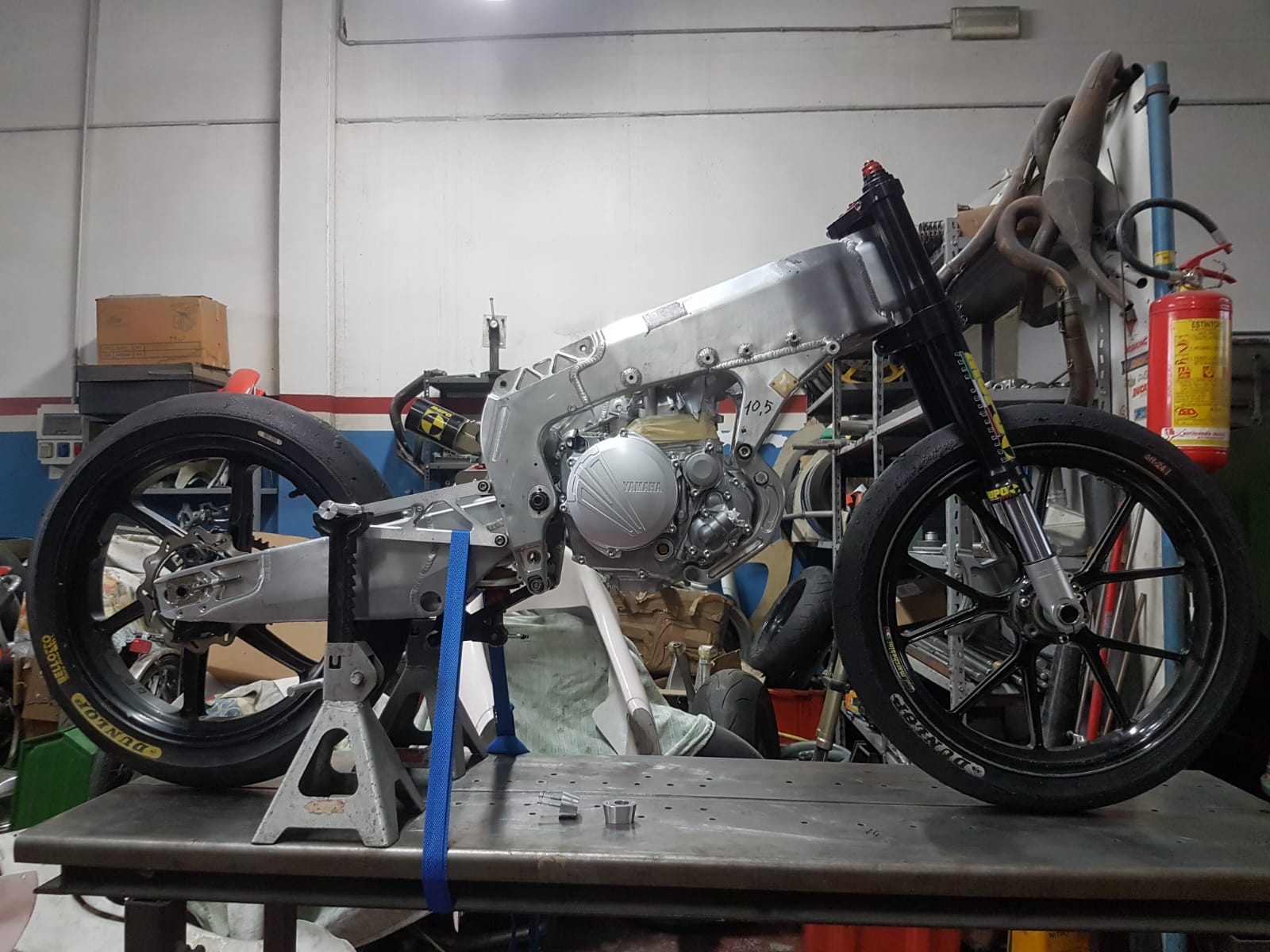Designing components for competition motorcycles requires advanced and customized technical solutions that can enhance the vehicle's performance.
A significant example is the design and prototyping of the air filter box for a Yamaha 250 4T engine motorcycle, commissioned by the MEM Management Racing team from Ravenna, developed to compete in the Italian Speed Championship.
PROJECT DETAILS
Committente: MeM Management Racing Team Ravenna
Materiali oggetti scansionati: Alluminio, fibra di carbonio
Esecuzione: Scansione 3D, Progettazione CAD, Fresatura CNC
Dimensioni: 20 x 20 x 20 cm (l x p x h)
Anno: 2022
Design context
The Yamaha 250 4T engine features front air intake and rear exhaust. To optimize air intake, a carbon fiber duct channels air from the front of the fairing to the engine’s throttle body.
One of the main challenges faced by the engineers was air dispersion during the transition from the duct to the throttle body. The air filter box was designed to improve airflow efficiency and prevent hot air from the engine from negatively impacting performance.
Moreover, racing vehicles require at least two units per competition and several spare components. To meet these needs, a completely redesigned and easily reproducible air filter box was developed.

Designing the air filter box
The prototype design phase was carried out using advanced digital techniques. Specifically, a 3D scan of the involved parts was performed using the Artec Eva scanner, a tool that provides a 3D accuracy of 0.1 mm and a resolution of 0.5 mm.
The scan result was exported in .stl format and then imported into Solidworks CAD software for solid modeling. This allowed for evaluating clearances and interferences and optimizing the air filter box design.
Creating the mold with a CNC machine
The final air filter box was produced through fiberglass lamination, using a specially designed mold. This mold was made from MDF, a material suitable for CNC milling.
Thanks to Alphacam software, it was possible to simulate the machining process and achieve an accurate result even before the actual production.
The milling was carried out on a 5-axis CNC machine, taking approximately 45 minutes to produce the mold parts.
The design and production of the air filter box required the use of cutting-edge technologies, such as 3D scanning and prototyping through 3D printing and CNC milling. These techniques made it possible to achieve a highly performant and replicable final product, improving engine efficiency and providing a robust solution for the team’s needs on the track.
The use of advanced digital tools not only facilitated the design process but also allowed for adapting the component to different motorcycle configurations, demonstrating the importance of flexibility and innovation in the world of motorcycle racing.
